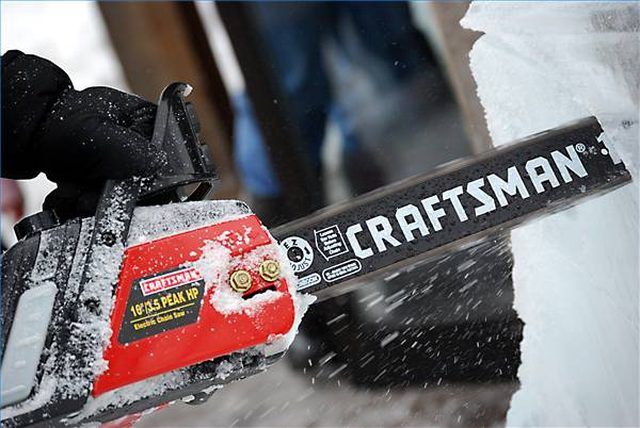Bulbs
Flower Basics
Flower Beds & Specialty Gardens
Flower Garden
Garden Furniture
Garden Gnomes
Garden Seeds
Garden Sheds
Garden Statues
Garden Tools & Supplies
Gardening Basics
Green & Organic
Groundcovers & Vines
Growing Annuals
Growing Basil
Growing Beans
Growing Berries
Growing Blueberries
Growing Cactus
Growing Corn
Growing Cotton
Growing Edibles
Growing Flowers
Growing Garlic
Growing Grapes
Growing Grass
Growing Herbs
Growing Jasmine
Growing Mint
Growing Mushrooms
Orchids
Growing Peanuts
Growing Perennials
Growing Plants
Growing Rosemary
Growing Roses
Growing Strawberries
Growing Sunflowers
Growing Thyme
Growing Tomatoes
Growing Tulips
Growing Vegetables
Herb Basics
Herb Garden
Indoor Growing
Landscaping Basics
Landscaping Patios
Landscaping Plants
Landscaping Shrubs
Landscaping Trees
Landscaping Walks & Pathways
Lawn Basics
Lawn Maintenance
Lawn Mowers
Lawn Ornaments
Lawn Planting
Lawn Tools
Outdoor Growing
Overall Landscape Planning
Pests, Weeds & Problems
Plant Basics
Rock Garden
Rose Garden
Shrubs
Soil
Specialty Gardens
Trees
Vegetable Garden
Yard Maintenance
How Do Centrifugal Clutches Work?
How Do Centrifugal Clutches Work?. Centrifugal clutches can be found small automated maintenance tools, usually gas-powered weed trimmers and chainsaws, although they can be found in some lawnmowers, go-karts and mopeds. These give the machines a cheap but effective way for the engine to idle and not engage the output device, usually a belt, shaft...

Centrifugal Clutches
Centrifugal clutches can be found small automated maintenance tools, usually gas-powered weed trimmers and chainsaws, although they can be found in some lawnmowers, go-karts and mopeds. These give the machines a cheap but effective way for the engine to idle and not engage the output device, usually a belt, shaft or chain. When the engine is engaged, the clutch activates the output device.
Inside the Engine
A centrifugal clutch works by having an output shaft with weighted arms inside a drum. The weighted arms are fly-weights attached to springs. As the shaft turns, the weights begin to push outward through centrifugal force. When it touches the inside of the drum, it begins rotating the drum, which moves the output device, a belt, shaft or chain. The faster the internal shaft spins, the more force is pressed against the drum by the weighted arms. When the engine idles, the internal shaft stops rotating, and the weight arms retract to their original position, removing the force against the inside of the drum. This stops the output device as well.
The components that allow a centrifugal clutch to operate are important and if any pieces are missing or damaged, it could cause a safety hazard. While the internal shaft spins, the springs push the weighted arms into the drum. If the drum were missing the weighted arms would have nothing to spin against and could fly off, possibly causing injury.
Centrifugal clutches are also not as reliable as other clutches. Because its force is from weighted arms pressing against the inside of a drum, it has a limit to its torque and power. If an outside force acts against the output device that overcomes the internal centrifugal force, the output stops even if the internal shaft is still spinning. An example would be a weed trimmer getting stuck in thick weeds. The trimming device stops even if the trigger is still held.
Maintenance
Centrifugal clutches are less expensive than other types of clutches. They are also automatic and require no control mechanism. People who use devices with centrifugal clutches benefit from not having to turn it on and off. Once a weed trimmer's engine is started, it stays idle. Pulling the trigger activates the weed trimming arms, and letting go of the trigger idles the engine. However, because the engine is idle, it is important to stay away from the output device. Performing maintenance like changing trimmers or removing a chain only when the engine is off reduces accidents.